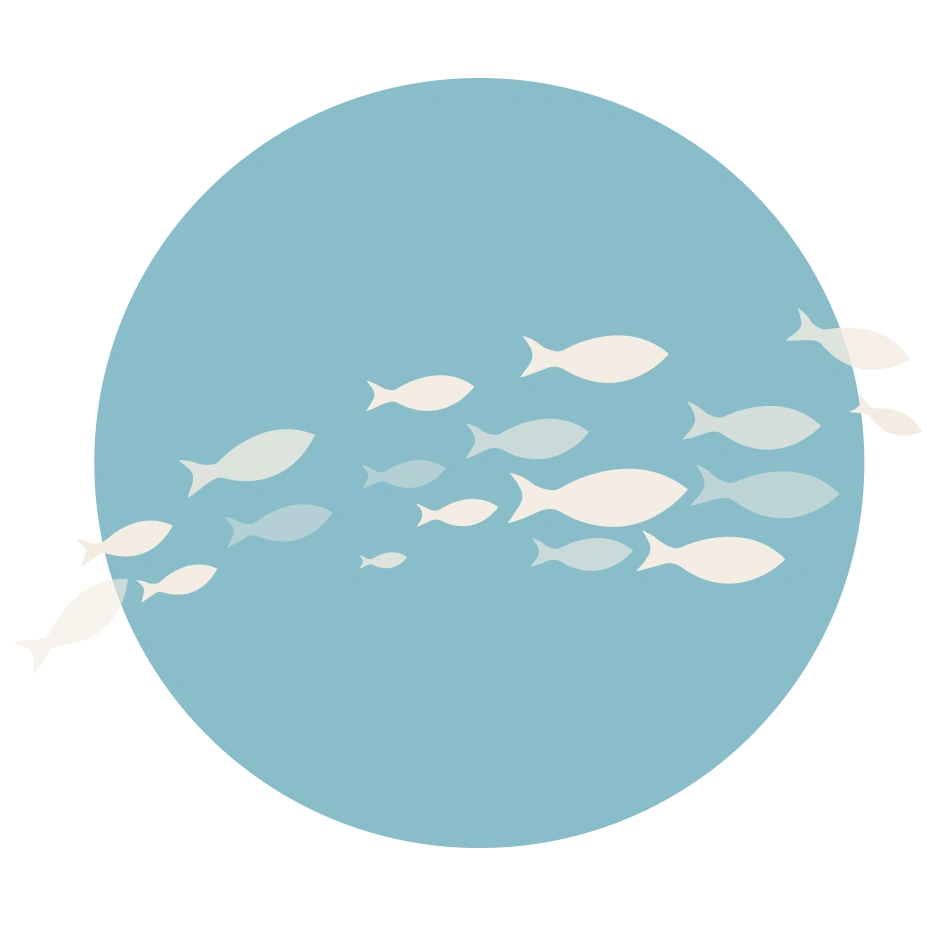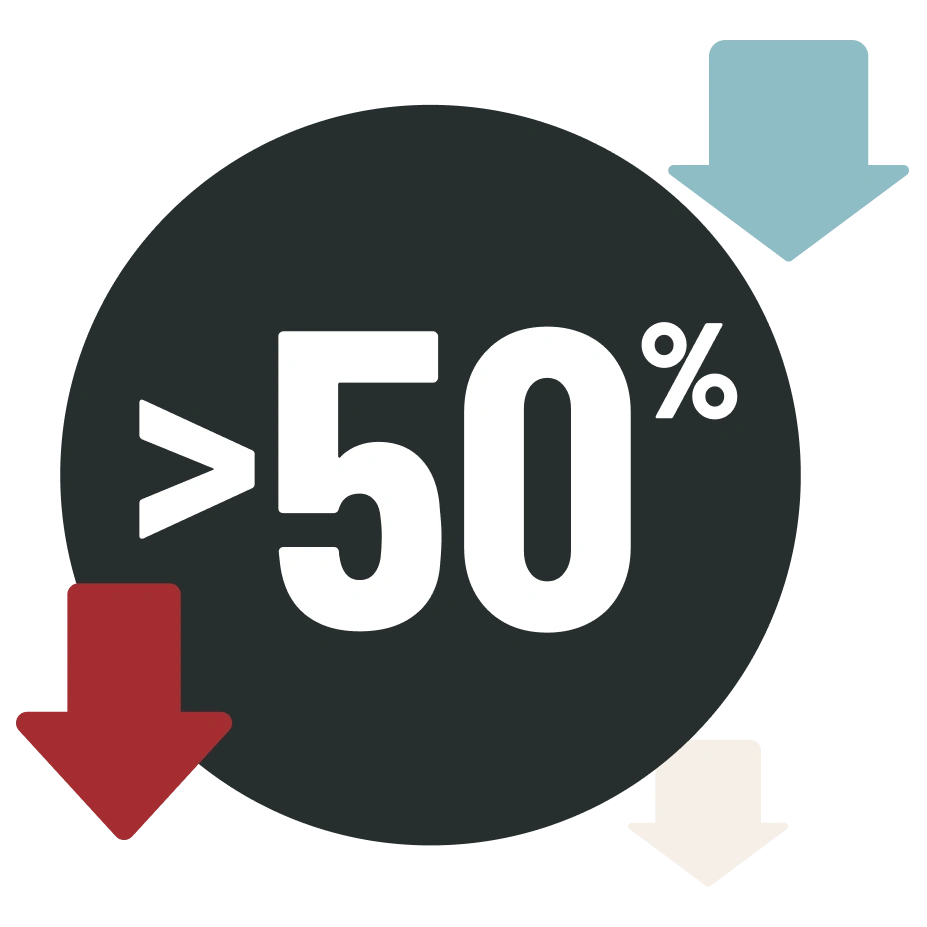The economics
of wild salmon
are broken.
Declining wild salmon prices have left fishermen feeling frustrated and short-changed. Existing conditions also make the fishery incredibly wasteful and unsustainable.
Alaska salmon are a remarkable and sustainable resource, captured by a unique fleet of thousands of fishermen. Yet, this fleet is increasingly missing out on the value of their catch.

Although base prices have always fluctuated, this year seems different and points to deeper, systemic problems. Prices for wild salmon dropped by over 50% across the state and, in some cases, fish buying stopped altogether.
In spite of inflation, retail prices have also decreased.

Few people understand the damage low fish prices have on fishermen and communities in Alaska. We do.
Circle is led by Pat Glaab – a fisherman, plant builder, and operator who has called Alaska home for 40 years.
Pat has spent his career increasing the value of wild fish by introducing innovative technical solutions, most notably as the initial designer, builder, and operator of Leader Creek, Silver Bay, Northline Seafoods, and now, Circle Seafoods.

We have a plan.
Southeast 2024.
- We listened to the challenges faced by fishermen and consumers.
- We gathered the resources to scale a proven solution to the primary challenges we heard.
- We are building the first of many barges to deliver these solutions to the market.
- We plan on operating in Southeast Alaska for the 2024 season.
We promise to increase the value of wild fish with a process that is more efficient, profitable, and fair. Our solution ensures a positive, long-term impact on Alaska’s wild salmon industry.
Learn about the 20 ways Circle Seafoods is increasing the value of wild fish.
We will continue to show you how we are building these solutions through webinars, social media, and in-person events.
- Reduce tendering by 75% to lower costs per pound of production
- Provide services to fishermen directly on the grounds, available 24/7 to improve experience and increase time fishing
- Reduce unload times for fishermen to maximize fishing time for fleet
- Where needed, offer free slush ice to limit quality loss
- Sort and grade fish at point of sale to match pay with quality for each individual fisherman
- Round freeze (i.e the whole salmon) to lower production costs and improve quality
- One-step processing to lower costs, better preserve quality, reduce waste, and increase traceability
- Transport fish out of Alaska in bulk (not using shipping containers) to lower transportation costs
- Objective quality measurement for every fish delivered to maximize value of each fish in end markets
Join our
Circle
The launch of our first barge is right around the corner. If you’re interested in getting more value for your fish, sign up to join our Circle.
Once we are on the water, you will be the first to hear about how we can partner so that you never see 2023 prices again.
Let’s thrive
by transforming wild salmon from a race to the bottom to a high value premium product that fuels a bright economic future for fishermen and Alaska.